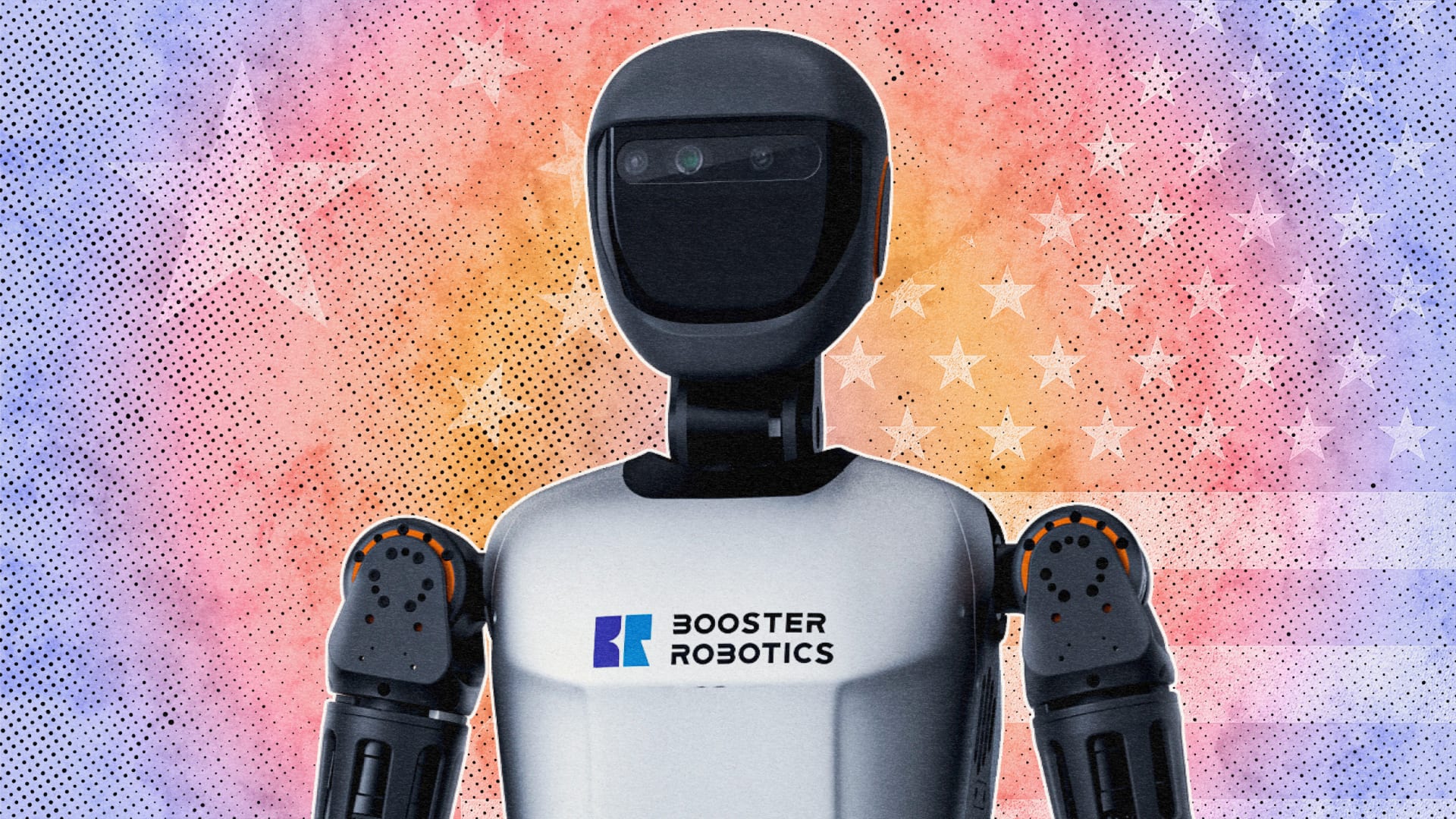For decades, the global race to develop humanoid robots machines capable of mimicking human behavior, movement, and reasoning was seen as a distant dream. However, recent years have completely reshaped that narrative, and nowhere is this transformation more visible than in China. China is leading the humanoid robots race, and the pace at which it is happening has left even seasoned robotics experts stunned.
Having worked at the bleeding edge of robotics innovation in the United States for nearly my entire professional life. I have never seen another country surge ahead in this field as quickly and decisively as China.
The Rise of Chinese Humanoid Robotics Giants
A prime example of China’s dominance is Fourier Intelligence, a Shanghai based robotics company that has rapidly become a global leader. Their humanoid robot, GR-1, made headlines earlier this year for its human like agility, walking capabilities, and real time adaptability. At a robotics conference in Beijing, GR-1 units were literally raced against human athletes to showcase their speed and precision a symbolic moment that illustrated how far China has come.
Similarly UBTECH Robotics, another Chinese firm, has achieved global recognition for its work on advanced humanoid robots. Their Walker X robot stunned audiences at CES, displaying autonomous navigation, object manipulation, and complex human like gestures.
Why China is Leading the Humanoid Robots Race-
1. Government Backed Industrial Policy
China’s ascent is no accident. The “Made in China 2025” initiative and the latest 14th Five Year Plan both place robotics and especially humanoid robots at the center of national strategy. Through billions in government funding, tax incentives, and research grants, China has created an environment where robotics innovation thrives.
Dr. Wei Zhang, a robotics policy expert at Tsinghua University, explains, “The Chinese government treats robotics as both an economic engine and a matter of national pride. This is about more than machines it’s about industrial supremacy.”
2. A Massive, Homegrown Talent Pipeline
With over 1.4 billion people and a heavy emphasis on STEM education China produces a staggering number of engineers, AI experts, and robotics specialists each year. Universities such as Tsinghua, Zhejiang, and Shanghai Jiao Tong are now among the world’s top institutions for robotics research, fueling domestic innovation.
3. Manufacturing Ecosystem and Supply Chain Control
China already dominates global electronics and manufacturing supply chains. That same infrastructure ranging from microchips to high precision mechanical parts is now being leveraged to mass produce humanoid robots. According to Morgan Stanley, 56% of global robotics companies are now based in China, giving it a critical production advantage.
We Are Witnessing an Unprecedented Acceleration
Dr. Jason Reynolds, a senior robotics researcher based in California, has spent over 20 years in the field. He reflects, “In my early career, Japan led industrial robotics, the U.S led AI software, and China was mostly seen as the factory. Today, the narrative is flipped China is leading the humanoid robots race, and the rest of us are playing catch up.”
This sentiment is echoed by leading global investors. Venture capital firms are pouring billions into Chinese robotics startups, recognizing the inevitable shift toward Asia in this critical industry.
Seeing China’s Robotics Transformation Up Close
During a visit to the World Robot Conference in Beijing last year, I witnessed firsthand the scale and ambition of China’s humanoid robotics industry. Factory floors were filled with bipedal robots performing complex tasks, from sorting packages to assisting in elderly care. The level of integration between AI, robotics, and real world deployment was unlike anything I had seen in Silicon Valley.
What struck me most wasn’t just the technical capability it was the speed. Startups that were prototypes six months ago now had functioning, scalable humanoid robots ready for mass production.
The Industrial Stakes Behind Humanoid Robotics
The humanoid robots race is not just about creating mechanical humans it’s about reshaping the global economy. Traditional fixed industrial robots have already transformed factories operating with productivity rates up to 10 times higher than humans, running 24/7 with near zero errors.
The next frontier is free moving humanoid robots, capable of navigating factory floors, warehouses, and even urban environments with human like adaptability. These machines promise:
Higher flexibility in complex tasks
Seamless integration into existing human workflows
Increased productivity with fewer operational limitations
If China secures dominance in this sector, it will not only corner a projected $38 billion humanoid robot market within the next decade but also gain an insurmountable advantage in manufacturing, logistics, healthcare, and even military applications.
Global Response and Concerns
The U.S, Europe, and Japan are now scrambling to respond. Boston Dynamics continues to advance its humanoid robot, Atlas, and Tesla has made bold claims about its upcoming Optimus robot. However! experts warn that without the same government backing, supply chain control, and sheer scale, catching up to China will be an uphill battle.
Cybersecurity concerns are also mounting. Humanoid robots with AI driven decision making present both technical and ethical challenges. Who controls these machines? How will data be protected? These questions remain largely unanswered and China’s lead complicates global consensus on regulation.
The Future Belongs to the Fastest
The race for humanoid robotics supremacy is no longer a hypothetical contest it’s a present day reality. With a clear industrial policy, unmatched manufacturing infrastructure, and a booming talent pipeline, China is leading the humanoid robots race, and the rest of the world must adapt or fall behind.
In the coming 3 to 5 years, as mass produced humanoid robots roll out onto factory floors, into hospitals, and perhaps even into homes, the true impact of China’s leadership in this space will become undeniable.


1 thought on “How China is Leading the Humanoid Robots Race and Reshaping Global Robotics”